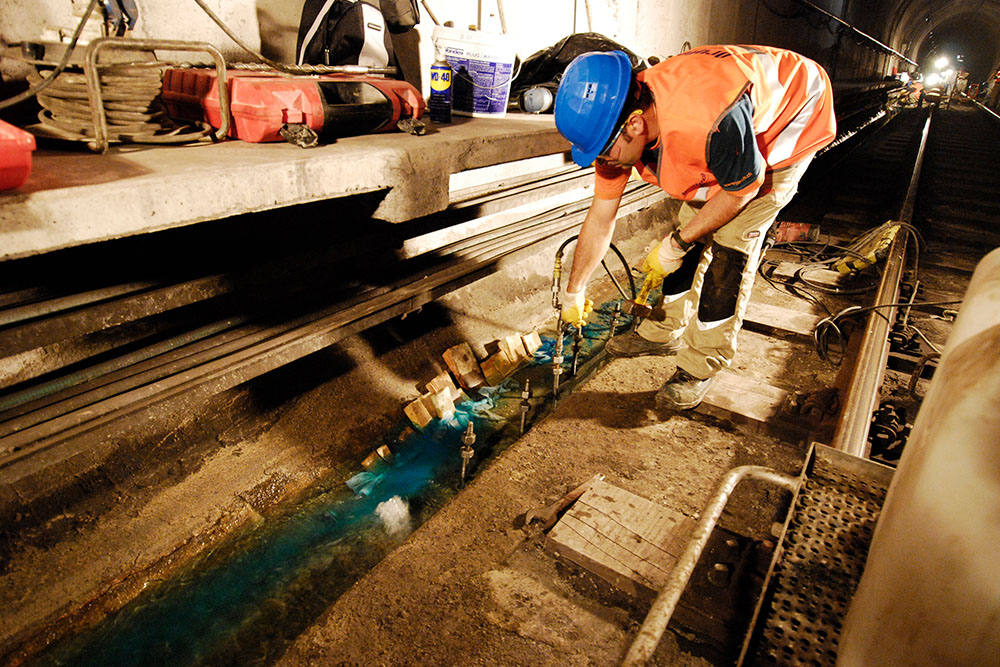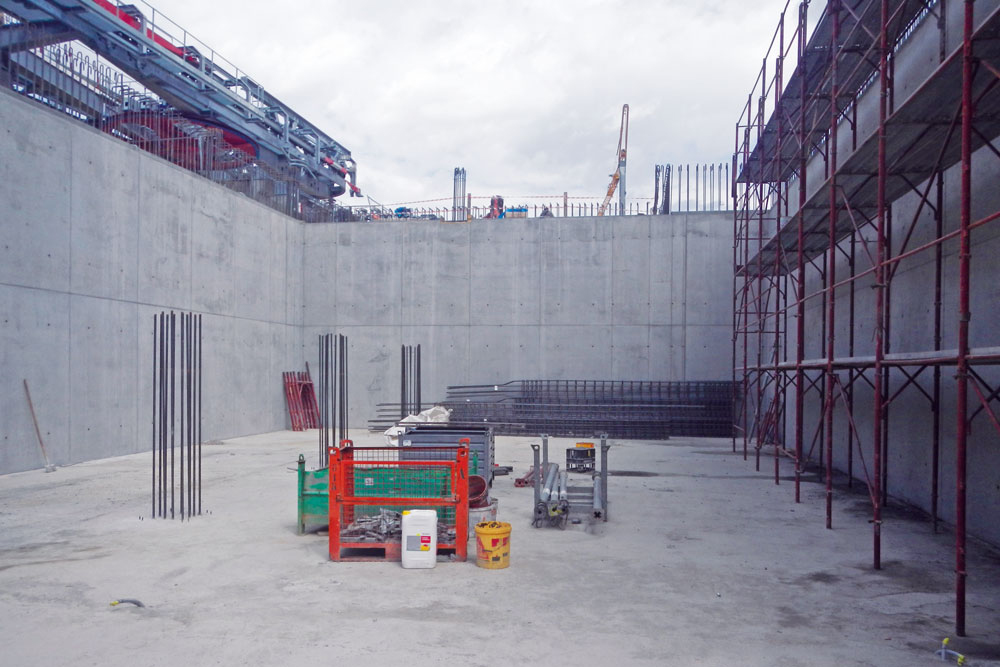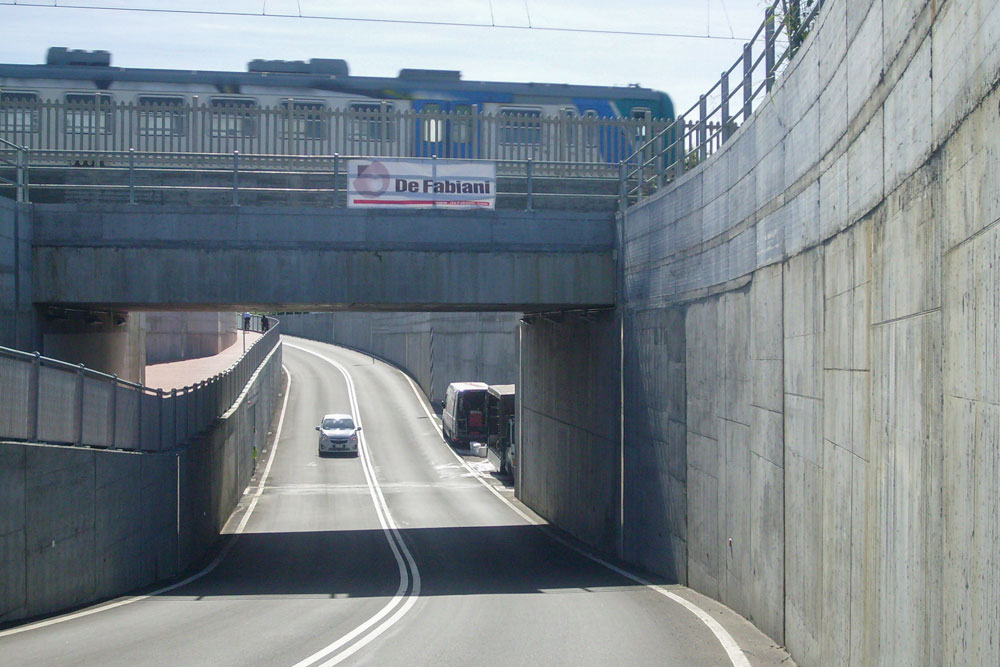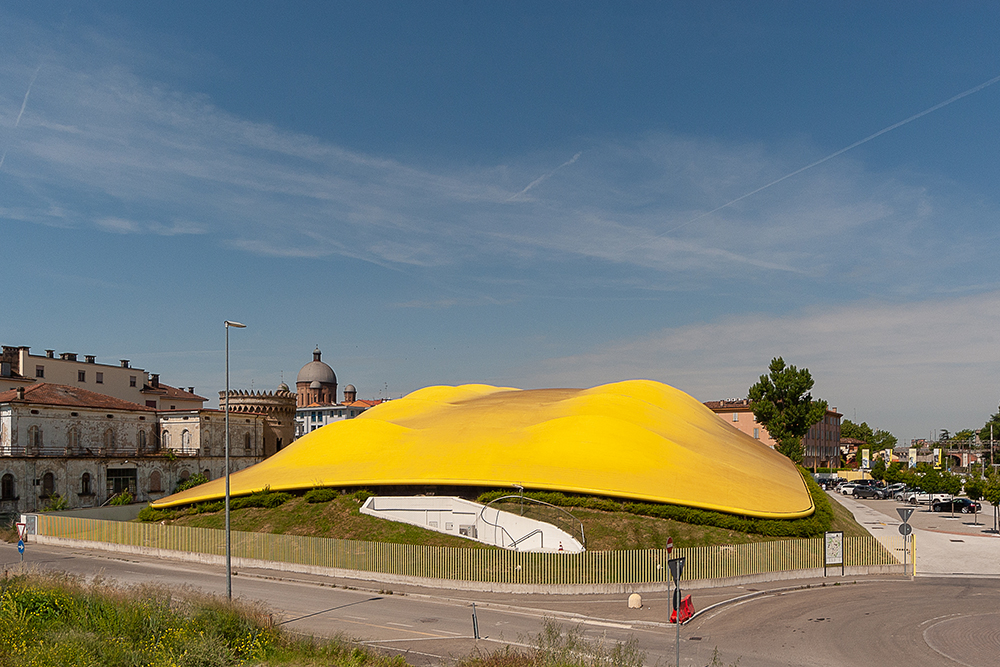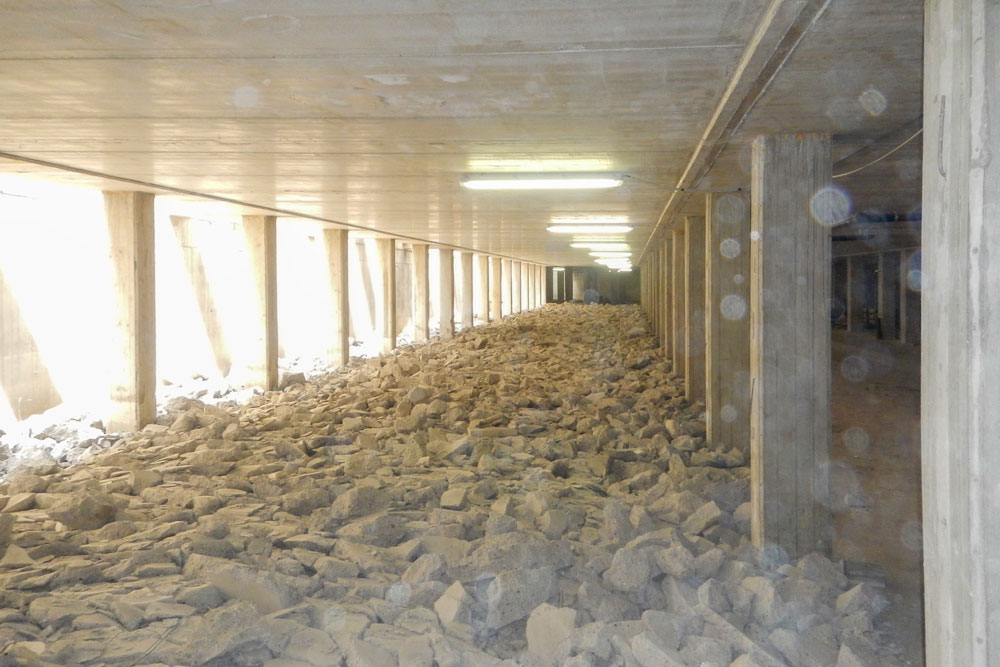Drytech ha realizzato l’impermeabilizzazione di risanamento di alcuni tratti della metropolitana di Milano, durante la chiusura notturna del servizio, quindi senza interferire con la normale circolazione dei treni.
Gli interventi sono stati realizzati con iniezioni di Resina espandente DRYflex nei giunti tra la platea e l’arco rovescio, per tutto lo spessore della struttura in calcestruzzo del tunnel.
La Resina DRYflex è efficace anche in presenza di acqua in pressione. Questo ha reso possibile l’intervento malgrado l’ingente portata delle infiltrazioni.
La Linea 2 della MM è stata costruita tra gli anni ’60 e ’70 senza impermeabilizzazione, perché il battente di falda era molto più in profondità.
La chiusura delle attività manifatturiere milanesi degli anni ’80 ha ridotto il consumo di acqua e fatto salire il livello della falda fino ai tunnel della Linea 2.
Le infiltrazioni sono state controllate da sistemi di pompaggio attivi 24/7, ma in periodi di forti precipitazioni alcuni tratti venivano comunque allagati.
È stata perciò deliberato il risanamento di alcuni tunnel della Metropolitana di Milano, realizzato da Drytech tra durante la chiusura notturna della circolazione.
Committente: Metropolitana Milanese
